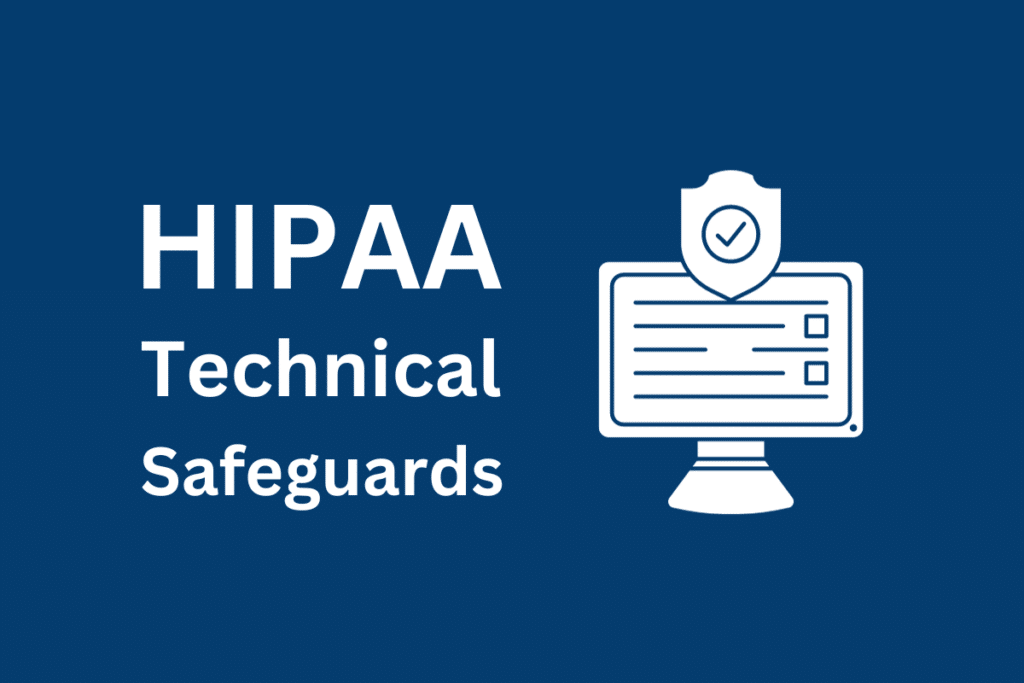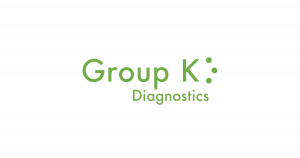The HIPAA Security Rule classifies its protective measures into technical, administrative, and physical safeguards. HIPAA technical safeguards are specific measures that use technology to protect patient data.
Since 2003, these rules have stayed the same, showing how well they were made. They help healthcare businesses protect against both old and new online risks. Even though no system is perfect, following these technical guidelines greatly lowers the chance of data breaches.
This blog post will explain HIPAA technical safeguards, their importance, and how healthcare organizations can comply.
What Are HIPAA Technical Safeguards?
According to The Security Rule, HIPAA technical safeguards can be defined as: “the technology and the policy and procedures for its use that protect electronic protected health information (ePHI) and control access to it” (45 CFR §164.312).
These safeguards are crucial in maintaining the confidentiality, integrity, and accessibility of electronically stored patient data.
HIPAA (Health Insurance Portability and Accountability Act) outlines five types of technical safeguards:
- Access Controls
- Audit Controls
- Integrity Controls
- Person or Entity Authentication
- Transmission Security
HIPAA doesn’t mandate specific technologies for these safeguards. Instead, it allows healthcare organizations the flexibility to choose appropriate security measures based on their size, complexity, and capabilities. In other words, a small healthcare provider’s safeguards might differ from those of a larger health information exchange.
The HIPAA Security Rule
The HIPAA Security Rule is a set of standards established under the Health Insurance Portability and Accountability Act (HIPAA) in 1996.
It specifies a series of administrative, physical, and technical safeguards for covered entities and business associates to ensure the confidentiality, integrity, and security of electronic protected health information (ePHI).
The Rule is designed to be flexible and scalable, allowing covered entities, such as digital healthcare vendors, health plans, large providers, and healthcare clearinghouses, to implement measures that best suit their size, structure, and the nature of the ePHI they handle.
Administrative Safeguards
These operational policies and procedures are established to manage and execute an entity’s efforts to protect electronic protected health information (ePHI). Administrative safeguards involve selecting, developing, implementing, and maintaining security measures. Key elements include:
- Security management processes
- Security personnel
- Information access management
- Workforce training
Physical Safeguards
Physical safeguards are measures implemented to protect electronic information systems and related buildings and equipment from natural and environmental hazards and unauthorized persons. They involve controlling physical access to protect against inappropriate access to protected data. This includes facility access controls, workstation use and security, and device and media controls.
Technical Safeguards
Technical safeguards involve the technology, policy, and procedures that protect ePHI and control access to it. They are designed to protect electronic information systems from unauthorized access, both internally and externally.
Technical Safeguard Standards
Technical safeguards include access control, audit controls, integrity controls, person or entity authentication, and transmission security.
Access Control
Access Controls refer to the technical policies and procedures implemented by healthcare organizations to regulate who can access and use electronic protected health information (ePHI).
Access Control policies should be designed to allow authorized staff access to only the necessary amount of PHI needed for their job responsibilities.
Implementation Examples
- Assign unique user identification for tracking user activities with ePHI.
- Establish emergency access procedures for ePHI during emergencies.
- Implement automatic logoff to end sessions after inactivity.
- Verify identities of users accessing ePHI through authentication.
- Use encryption and decryption using HIPAA compliance software.
Audit Controls
Audit Controls are mechanisms that record and examine activity in information systems that contain or use ePHI. These controls are vital for tracking access and changes to ePHI, helping to detect and investigate unauthorized access or alterations.
Audit controls provide a way to monitor and hold users accountable for their actions within the system.
Implementation Examples
- Implement hardware, software, and procedural mechanisms to record and examine access and other activity in systems containing ePHI.
- Review system activity logs, audit trails, and unsuccessful access attempt reports regularly.
- Establish procedures for responding to detected security incidents.
Integrity Controls
Integrity Controls ensure that ePHI is not improperly altered or destroyed. These controls maintain the accuracy and consistency of health information and protect it from unauthorized alteration or deletion.
Implementation Examples
- Use electronic mechanisms to corroborate that ePHI has not been altered or destroyed unauthorizedly.
- Implement version control systems to maintain a record of modifications to ePHI.
- Regularly verify the integrity of ePHI through checksums or other similar methods.
- Where appropriate, provide read-only access to ePHI to prevent unauthorized editing or deletion by staff members.
- Use mechanisms like checksums, digital signatures, or hash functions.
Person or Entity Authentication
Authentication involves verifying the identity of a person or entity seeking access to ePHI. Proper authentication ensures that ePHI is accessible only to authorized individuals or entities.
Implementation Examples
- Use password protection, biometric scanning, or other methods to authenticate users.
- Implement multi-factor authentication for more robust security.
- Regularly update and manage user credentials and access rights.
Transmission Security
Transmission Security involves protecting ePHI when it is transmitted over an electronic network. This safeguard prevents unauthorized access, modification, or interception during transmission.
Implementation Examples
- Implement end-to-end encryption for all ePHI transmitted over the Internet.
- Use email services that support end-to-end encryption for sending ePHI.
- Implement secure communication channels like VPNs for transmitting ePHI.
- Regularly update and patch systems to protect against vulnerabilities during transmission.
Risk Analysis and Risk Management
HIPAA risk assessments include a thorough analysis of how ePHI is handled within an organization, identifying any vulnerabilities that could potentially be exploited. On the other hand, risk management is the ongoing process of addressing the risks identified in the risk analysis.
Regular risk assessments are vital for several reasons:
- Evolving Threat Landscape: Regular assessments help organizations stay alert to new risks and vulnerabilities as cyber threats evolve.
- Customized Security Measures: Risk assessments enable organizations to tailor their technical safeguards to address specific vulnerabilities and threats.
- Compliance and Documentation: Conducting regular risk assessments is a key security requirement of HIPAA compliance and provides necessary documentation for audits and regulatory reviews.
Safeguarding Data Transmission
Secure data transmission is crucial for healthcare organizations, particularly with the increasing use of electronic health records (EHRs) and health information exchanges (HIEs).
Some key measures include:
- Encryption of ePHI: To prevent unauthorized access during transmission, particularly over the Internet or via email, encryption is crucial. Modern communication platforms often support end-to-end encryption, which should be utilized to protect ePHI.
- Utilization of Secure Servers: Using secure servers and minimizing direct email exchanges is recommended when transferring PHI.
- Patient’s Consent: Additionally, obtaining patient consent for exchanging PHI is necessary, especially when it’s required for patient care.
Maintaining HIPAA Technical Safeguards
As technology evolves, so do the tools and methods for protecting ePHI. Regular updates and maintenance of technical safeguards are necessary to keep up with these advancements. HIPAA regulations require that technical safeguards be regularly reviewed and maintained.
To effectively maintain HIPAA Technical Safeguards, consider the following tips:
- Conduct regular risk assessments to evaluate threats and changes in ePHI management.
- Update and test technical security measures periodically to counter current cyber threats.
- Train staff regularly on the latest security practices and protocols.
- Review and revise security policies and procedures to stay current with regulations.
- Monitor access to ePHI and activity logs for unauthorized access or anomalies.
- Engage in continuous improvement by staying informed about industry best practices.
Conclusion
HIPAA technical safeguards are indispensable in ensuring the security and privacy of electronic protected health information (ePHI) within the healthcare sector.
MedStack goes beyond traditional compliance methods by proactively integrating privacy and security measures into your application.
With smart features like MedStack’s encryption engine, internet interface security, and built-in audit logs, you get industry-proven security architecture out-of-the-box. Get Started today!




